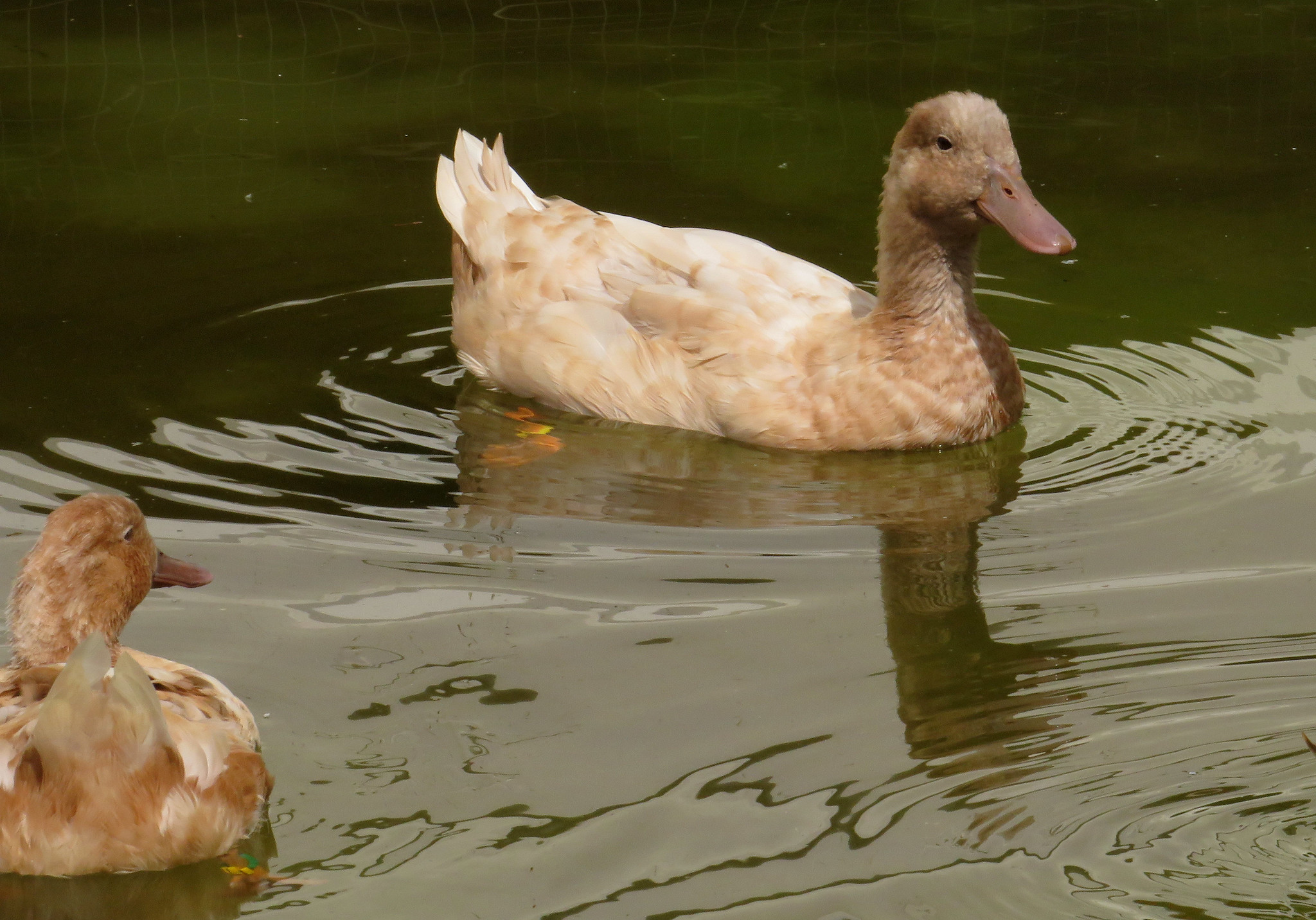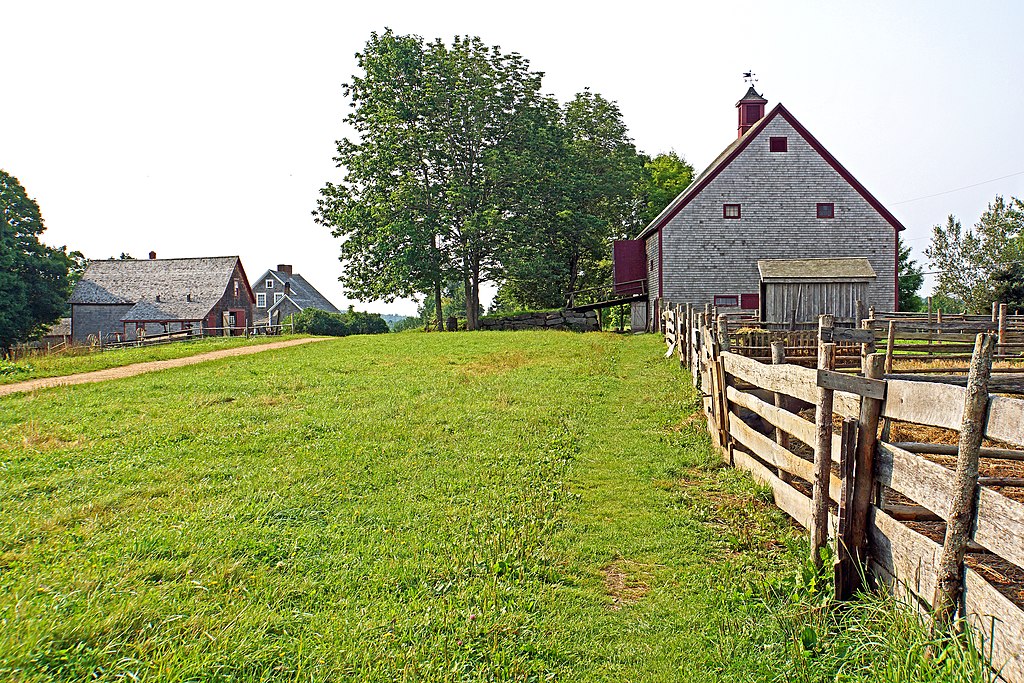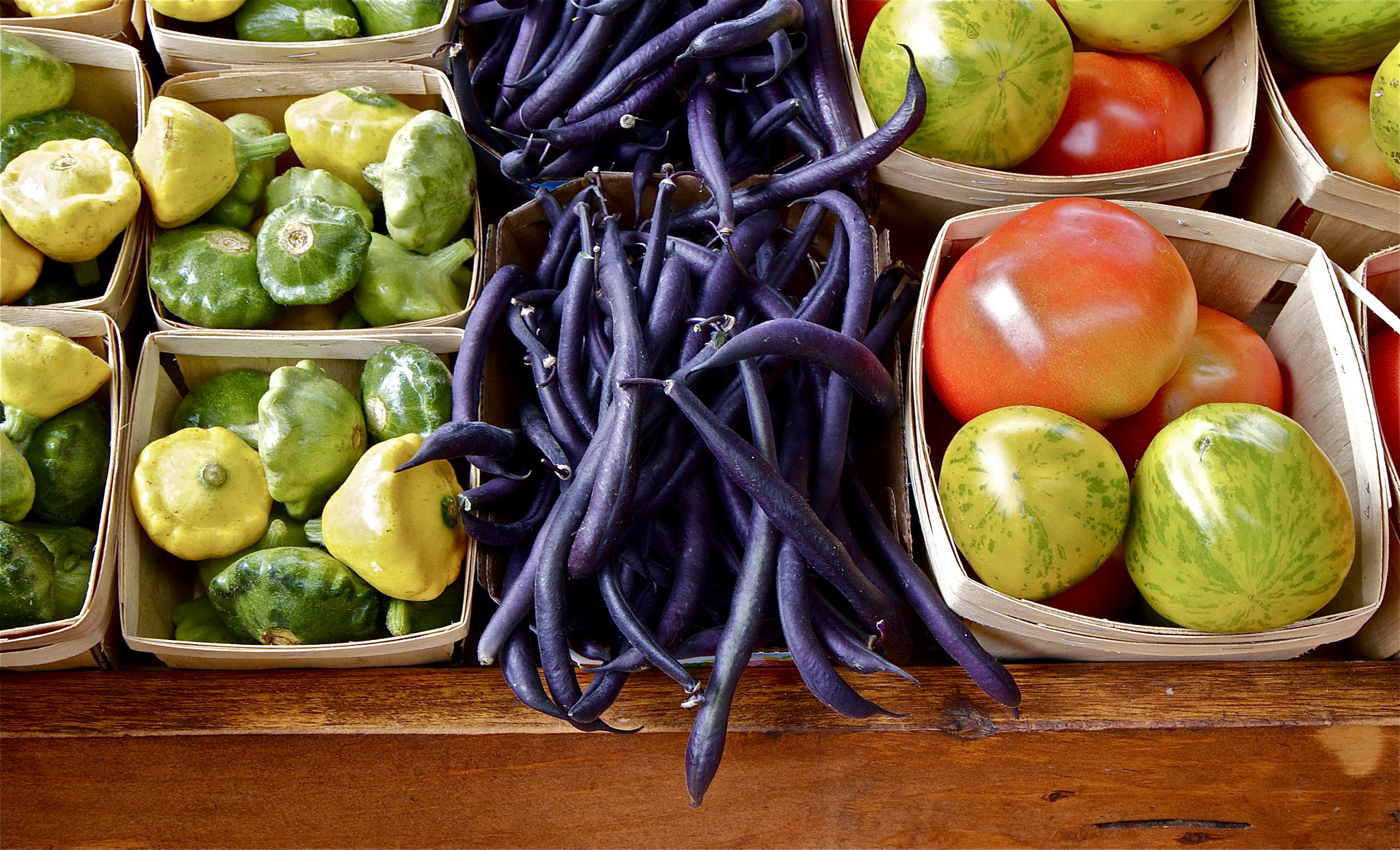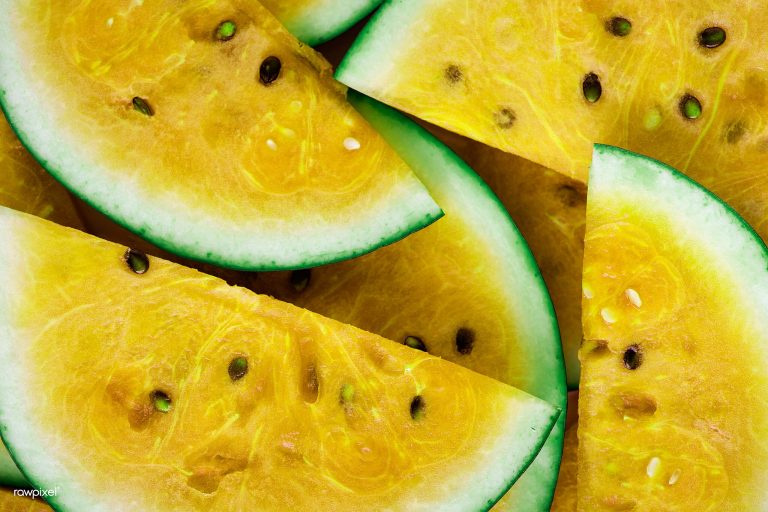Moving through the months to highlight suitable foods for seasonal eating, we have taken the opportunity to examine a different aspect of the practice with each part of the series. Last month we discussed the value of locally grown foods in regards to seasonal eating, which brings up the interesting topic of “landrace.” While the word might have sweaty connotations, it has no particular connection with the hot month of July.
July is a month of bountiful berries, corn on the cob, watermelon, and the season’s first tomatoes — the perfect menu for summer barbeques. Landrace is an agricultural term for crop varieties (or breeds of animals) that have adapted to their specific environments over time. As a population, they are considered a valuable resource for their extensive gene pools, yet there are numerous threats against their survival.

What is a landrace?
When humans first domesticated plants some 10,000 years ago, they started with wild varieties that had the most desirable traits. Selective cultivation and intuitive — rather than calculated — propagation led, over the years, to distinct, dynamic “races,” that were perfectly suited to their specific locale.
Because they were never formally bred, landraces retain the large genepool connected with their wild cousins, and thus the ability to adapt to a variety of situations. Like a diverse garden compared with a monoculture, landraces have a healthy, natural balance that is missing from modern hybrids and genetically modified varieties.
Genetic diversity within species, subspecies and varieties provides the means to continue the landrace legacy of adaptability; it enables us to meet the challenges of changing environmental and consumer demands, and ensure food security.
Why are landraces in danger?
Success
You are now signed up for our newsletter
Success
Check your email to complete sign up
Although they can still be found in traditional farming systems and scattered small farms, conventional agricultural practices have made it less favorable — and more difficult — to grow landrace crops. Some troubling trends include:
Widespread promotion of modern varieties
With “new and improved” varieties constantly being introduced and promoted, the old stand-bys easily fade into the shadows.
Subsidized distribution of uniform cultivars
In the name of progress, government entities use aggressive schemes to get farmers onboard — such as the free distribution of “desirable” cultivars.
Costly registration required to market landraces
Farmers who have traditionally grown landrace varieties are pushed to grow conventional crops because registration fees are prohibitively high — with little return.
The use of chemical fertilizers, herbicides, pesticides
By introducing artificial elements, we interfere with a plant’s ability to adapt to the natural environment, eventually making it dependent on our intervention to thrive.
Non-agricultural factors also affect the stability of landraces, including:

Decreasing rural populations
According to the United Nations, 2020 marked the first year where more people lived in urban areas than rural areas, and the number of city-dwellers is continually on the rise. Small, family-owned farms are disappearing, along with their capacity to preserve landraces.
Research focused on isolation of genes
Genetic research often takes a selective, rather than holistic approach; and overlooks the value of a broad gene pool.
Aging farmers and disinterested youth
Traditional farming practices are vanishing as the aging population of farmers find few candidates to pass their knowledge — and genetic biodiversity — on to.
How to preserve genetic diversity
You don’t need to become a farmer to preserve landraces. You can support genetic diversity with the choices you make.
Resist the trend towards monoculture
Buy food that originates from small, local sources rather than big agribusiness.
Save heritage seeds
If you keep a garden, seek out heritage and heirloom varieties. Save your seeds and share them with other gardeners.
Buy heritage produce
Heirloom and heritage varieties are often available at farmers’ markets and are usually part of a CSA menu. If you see something that looks like nothing you’ve ever seen in a grocery, you’ve probably found what you’re looking for.
Heritage produce for seasonal eating in July

Beans: “Kentucky Wonder” is an heirloom that was once the most popular bean in America, prized for its versatility and productivity. “Scarlett Runner” bean, named for its ornamental red flowers, is a vigorous heirloom that produces large pods. They can be grown for dry beans, or eaten like edamame when they are immature.
Cucumbers: Boothby’s Blonde is a pale yellow heirloom from Maine. The fruits are short and spiny, but the pale skin and flesh are tender when picked at around three inches long. On the other end of the spectrum is Painted Serpent, a long heirloom striped in light and dark greens. It is best harvested between 10 and 18 inches in length.
Corn: Luther Hill is an heirloom sweetcorn adapted to the Appalachian foothills. It is the best-flavored open-pollinated sweetcorn, and is often used as a parent plant for hybrids.
Lettuce: Black Seeded Simpson was one of the first lettuces deemed to be an heirloom. It is a compact, green loose-leaf, with tender, light-green leaves. Rouge d’Hiver is a bronze-tipped French heirloom romaine that will enhance the look and taste of any salad.
Summer squash: Costata Romanesco is an Italian heirloom, reliably tender and delicious even at a relatively large size. It can be recognized by its ribbed form and speckled skin. Pattypan is a mild-flavored summer squash with a squat, round, scalloped form. Yellow, green, and/or white-skinned, they are best harvested between two and four inches in diameter.

Tomatoes: Pink Brandywine is a large, tender, lipgloss-colored tomato with exquisite flavor and texture. This popular variety is said to have put heirlooms “on the map.” Cherokee Purple is a similar heirloom with deep, purplish skin and flesh.
Watermelon: Moon and Stars is a legendary heirloom with a fantastic pattern of yellow spots on its dark green skin. It is a large variety that can yield up to 40 pounds of sweet, red flesh. Yellow and orange heirlooms, like the miniature Lemon Drop, and Orangeglo, are just as tantalizing.
Of course, there are countless other landraces to be found and treasured. Heirloom varieties are always open-pollinated, and their seeds will be true to type. So get yourself some traditional, heritage produce this July; enjoy the fruit, save the seeds, and plant them for the future!
















